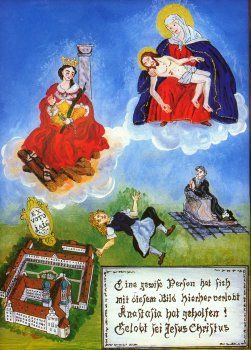QUALITY IN THE HEALTH PRIMARY ATTENTION
Abstract
The quality of the Health Primary Attention (HPA) service is strongly connected to science, technology and interpersonal relationship between professionals and health system users. In addition, it is influenced by the environment characteristics and the health infrastructure. Different authors give their own view to evaluate the HPA quality. Even though they have different approaches, aspects like: structure, process and result are always present. Specifically, in the Health Primary Attention the aspects to consider in the evaluation could be aligned in two great dimensions: the HPA characteristics and derivative aspects of the HPA. From them it is possible to deduce operative variables. This allow to measure, for example, how integral and coordinate are the health service, the cultural aspects applied to the medical care model, the effectiveness of the multisectorial networks work, among others. Considering that the backbone of the HPA is the health promotion, the impact of professional activities must be measurement through the changes in the population behaviors. From this perspective, the changes in the population behavior must be done from the development centered in people, in this way can contribute to reduce the social inequalities, minimize the crisis impact, enlarge the participation opportunities empowering people. The application of models where the quantitative and qualitative are complemented guarantees the result measurement, benefiting the holist view, which must be used by the HPS to take into account the health issues. The qualitative methodologies are those that contribute with better results to the external evidence due to they measure the population changes and behaviors and the result of the favorable environment in the macro and micro social level.Downloads
-
Abstract2197
-
PDF (Español (España))2500
The works published in this magazine are subject to the following terms:
1. The Publications Service of the University of Murcia (the publisher) preserves the copyright of the published works, and encourages and allows the reuse of the works under the license for use stated in point 2.
© Servicio de Publicaciones, Universidad de Murcia, 2011 (© Publications Service, University of Murcia, 2011)
2. The works are published in the electronic edition of the journal under Creative Commons Reconocimiento-NoComercial-SinObraDerivada 3.0 España(texto legal) “ a Attribution-NonCommercial-NoDerivatives 3.0 Spain license (legal text)”. They can be copied, used, broadcasted, transmitted and publicly displayed, provided that: i) the authorship and original source of their publication (journal, publisher and URL) are cited; (ii) are not used for commercial purposes; iii) the existence and specifications of this license is mentioned.
3. Conditions of self-archiving. Authors are allowed and encouraged to electronically disseminate the pre-print (pre-reviewed ) and / or post-print (reviewed and accepted for publication) versions of their works prior to publication, as it ensures a wider circulation and dissemination which may lead to a possible increase in its mention and a higher scope among the academic community. RoMEO color: green.













